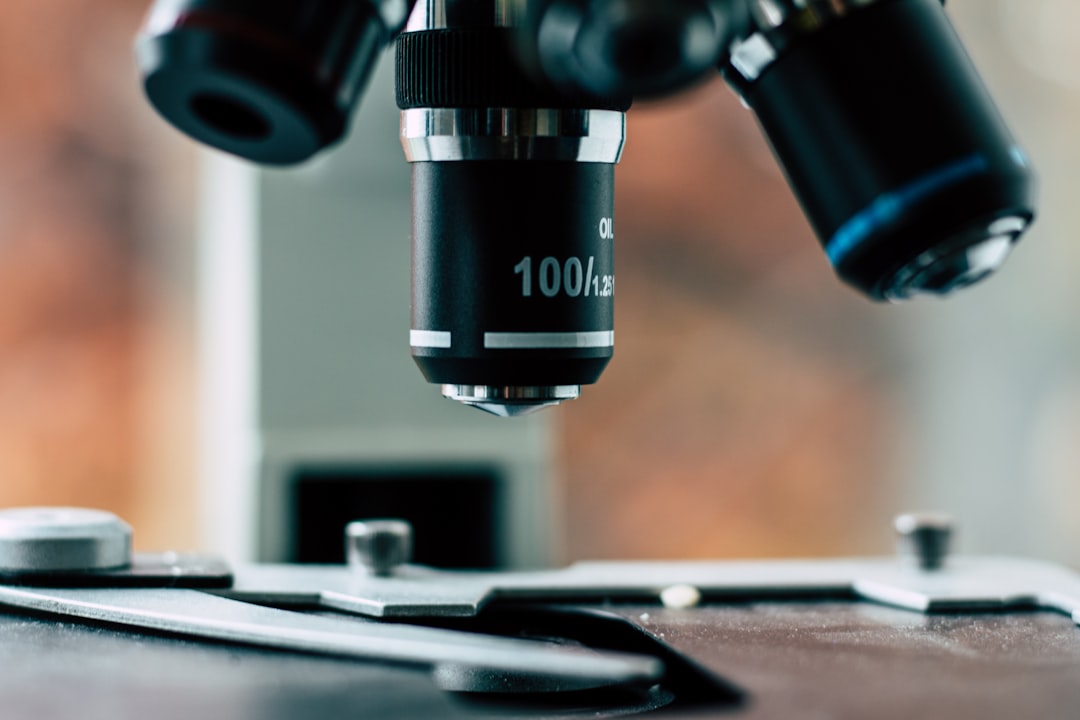What is it about?
This review summarizes the most important scientific as well as technological techniques to fabricate porous metals including sponges, foams and aerogels from small to bulky pieces.
Featured Image
Why is it important?
Textbooks on porous metals mainly address engineering aspects with the focus on structural applications. In our review, we tried to discuss porous metals more from a materials chemist’s point of view.
Perspectives
The review gives an overview of the different techniques to produce porous metals, like in a traditional textbook, but we discuss these methods in the context of their flexibility and ability to control and tailor the architecture from the nm to the macroscopic size scale. We correlate the different fabrication methods with the properties of the resulting porous metals and present potential applications. Finally, we outline a wet-chemical deposition route to metallic copper, which can be applied to a wide variety of flat and spherical substrates, giving access to both copper sponges with defined porosity and relative density as well as complex macroscopic shapes and to copper line patterns on flexible substrates.
Professor Markus Niederberger
ETH Zurich
Read the Original
This page is a summary of: Controlled fabrication of porous metals from the nanometer to the macroscopic scale, Materials Horizons, January 2015, Royal Society of Chemistry,
DOI: 10.1039/c4mh00244j.
You can read the full text:
Contributors
The following have contributed to this page










